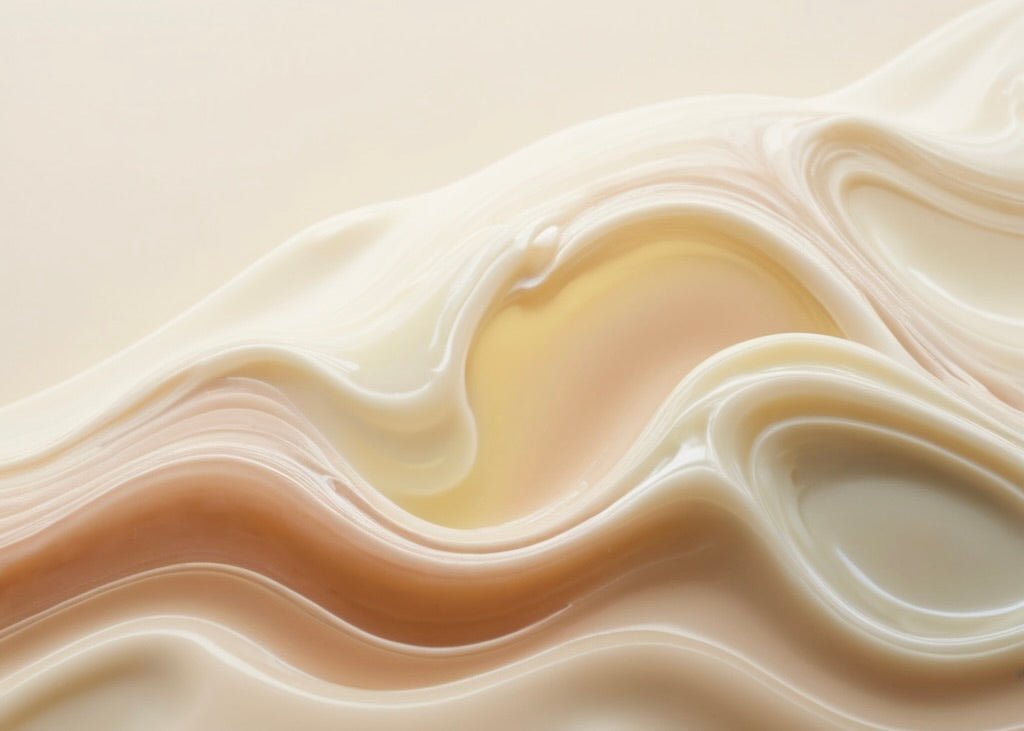
Does Hyaluronic Acid Go Bad? Storage and Shelf Life Tips
Hyaluronic acid is a naturally occurring substance in our bodies, primarily found in the skin, connective tissues, and eyes. Its primary function is to retain water to keep our tissues well lubricated and moist. In recent years, it has gained popularity in skincare products due to its hydrating properties. But, like any other skincare ingredient, questions about its shelf life and storage conditions arise. Does hyaluronic acid go bad? If so, how should it be stored? Let's explore.
Understanding Hyaluronic Acid
Before we delve into the specifics of hyaluronic acid's shelf life, it's important to understand what it is and why it's beneficial for our skin. Hyaluronic acid is a humectant, meaning it draws moisture from its surroundings. This makes it a key player in maintaining skin hydration and elasticity.
As we age, our bodies naturally produce less hyaluronic acid, leading to dryness and wrinkles. This is where hyaluronic acid in skincare products comes in. When applied topically, it helps replenish the skin's moisture levels, resulting in a plumper, smoother complexion.
Moreover, hyaluronic acid is a naturally derived and sustainable skincare ingredient. It's often sourced from the combs of roosters, where it's abundant, or created in a lab using bacterial fermentation, which is a more vegan-friendly option. This makes it a great choice for those who prioritize natural and sustainable skincare.
Shelf Life of Hyaluronic Acid
So, does hyaluronic acid go bad? The answer is yes, but it largely depends on the form and packaging of the product. Most skincare products, including those with hyaluronic acid, have a symbol on the packaging that indicates their shelf life. This is usually represented by an open jar symbol, followed by a number and the letter 'M', which stands for months.
For instance, if the symbol reads '12M', it means the product is good for 12 months after opening. However, this is just a general guideline. The actual shelf life of a product can be influenced by several factors, including how it's stored and how often it's used.
Unopened Products
Unopened skincare products generally last longer than opened ones. This is because exposure to air, light, and bacteria can degrade the product faster. If stored properly, an unopened hyaluronic acid product can last for up to three years.
However, it's always a good idea to check the expiration date on the packaging. If the product doesn't have one, or if it's past the expiration date, it's best to err on the side of caution and not use it.
Opened Products
Once a hyaluronic acid product is opened, its shelf life decreases, typically to around one year. This is because every time you open the product, it's exposed to air and bacteria, which can accelerate degradation.
Moreover, if the product changes color, develops an unusual smell, or changes in texture, these are signs that it may have gone bad. In such cases, it's best to discontinue use.
Storage Tips for Hyaluronic Acid
Proper storage can significantly extend the shelf life of your hyaluronic acid products. Here are some tips to ensure your products stay fresh and effective for as long as possible:
- Store in a cool, dry place: Heat and humidity can degrade hyaluronic acid faster. Therefore, it's best to store your products in a cool, dry place, away from direct sunlight.
- Keep the lid tightly closed: This prevents exposure to air and bacteria, which can accelerate the degradation of the product.
- Avoid touching the product directly: If possible, use a clean spatula or dropper to apply the product. This minimizes the introduction of bacteria.
By following these storage tips, you can ensure that your hyaluronic acid products stay effective and safe to use for as long as possible.
Conclusion
While hyaluronic acid does go bad, proper storage and care can significantly extend its shelf life. Remember to store your products in a cool, dry place, keep the lid tightly closed, and avoid touching the product directly. And, as always, if the product changes in color, smell, or texture, it's best to discontinue use.
By understanding the shelf life and storage conditions of hyaluronic acid, you can make the most of this natural, sustainable skincare ingredient and keep your skin looking plump and hydrated for longer.














